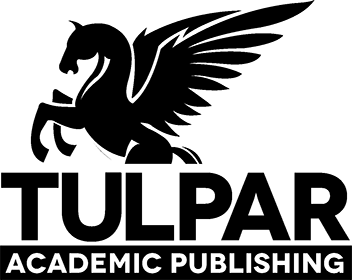Effect of severe corrosion upon natural frequencies of beam-like structures
DOI: https://doi.org/10.20528/cjsmec.2015.05.010
View Counter: Abstract | 1493 times |, Full Article | 258 times |
Abstract
Corrosion, as the spontaneous process of material degradation produced by the environment, affects the reliability and safety of structures, both by reducing the section of the components, due to material loss and by diminution of the materials mechanical strength. The authors have found a mathematical relation between discontinuities in beams and changes of its natural frequencies and developed a method to identify these discontinuities. The present paper considers the more complex case of damage determined by corrosion, where beam thinning is accompanied by mass decrease. These impose considering natural frequency changes in both directions: decrease due damage and increase because of mass loss. FEM simulations and analytical investigations were carried out, in order to find the relation between mass change in different positions along the beam and the frequency increase. The results were correlated with the “classical” relation describing frequency decrease because of discontinuities. Finally, the authors developed a new relation, proper to be used for damage produced by severe corrosion, which was validated by laboratory experiments.
Keywords
Full Text:
PDFReferences
Albrecht P, Hall TT (2003). Atmospheric corrosion resistance of structural steels. Journal of Materials in Civil Engineering, 15, 2-24.
http://dx.doi.org/10.1061/(ASCE)0899-1561(2003)15:1(2)
Apostolopoulos CA, Michalopoulos D (2007). Impact of corrosion on mass loss, fatigue and hardness of BSt500 Steel. Journal of Materials Engineering and Performance, 16(1), 63-67.
http://dx.doi.org/10.1007/s11665-006-9009-8
Bazant ZP (1979). Physical model for steel corrosion in concrete sea structures-Theory. Journal of Structural Division, 105(6), 1137-1153.
DeGiorgi VG (1992). Corrosion Basics and Computer Modelling in Industrial Application of the BEM. Computational Mechanics Publication, Southampton.
Gillich GR, Praisach (2012). Robust method to identify damages in beams based on frequency shift analysis. Conference on Health Monitoring of Structural and Biological Systems, San Diego (CA), USA, 84381D1-12.
Gillich GR, Praisach ZI, Iavornic CM (2012a). Reliable method to detect and assess damages in beams based on frequency changes. Proceedings of the ASME 2012 International Design Engineering Technical Conference, Chicago (IL), USA, DETC2012-70094.
http://dx.doi.org/10.1115/detc2012-70094
Gillich GR, Minda PF, Praisach ZI, Minda AA (2012b). Natural frequencies of damaged beams - a new approach. Romanian Journal of Acoustics and Vibration, 9(2), 101-108.
ISO 8044 (1986). Corrosion of metals and alloys - Terms and definitions.
Klinesmith DE, McCuen R, Albrecht P (2007). Effect of environmental condition on corrosion rate. Journal of Materials in Civil Engineering, 19, 121-129.
http://dx.doi.org/10.1061/(ASCE)0899-1561(2007)19:2(121)
Landolfo R, Cascini L, Portioli P (2010). Modeling of metal structure corrosion damage: A State of the art report, sustainability, 2, 2163-2175.
Landolfo R, Di Lorenzo G, Guerrieri MR (2005). Modeling of the damage induced in atmospheric corrosion of 19th century iron structures. Proceedings of the Italian National Conference on Corrosion and Protection, Senigallia (Ancona), Italy.
Ostachowicz WM, Krawczuk C (1991). Analysis of the effect of cracks on the natural frequencies of a cantilever beam. Journal of Sound and Vibration, 150(2), 191-201.
http://dx.doi.org/10.1016/0022-460X(91)90615-Q
Refbacks
- There are currently no refbacks.








